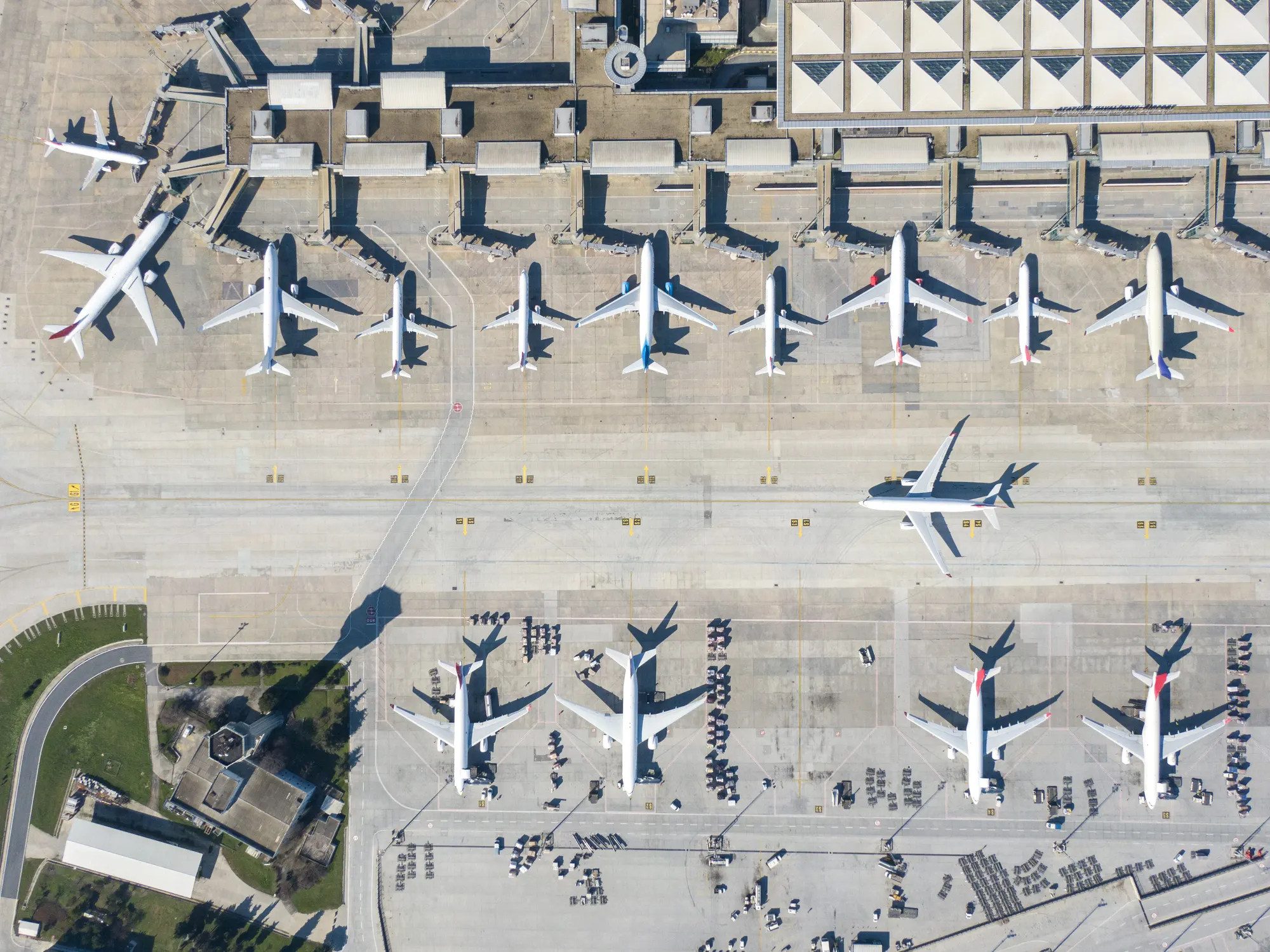
Virtual reality (VR) flight training is revolutionizing the way pilots are trained, and it is helping to address the global pilot shortage that is impacting aviation today. The demand for pilots has been steadily increasing, and the aviation industry is facing a shortage of qualified and experienced pilots. According to the International Air Transport Association (IATA), the aviation industry will require approximately 800,000 new pilots by 2037, and this shortage is putting pressure on airlines, training organizations, and governments to find new and innovative ways to train future pilots.
Virtual reality flight training provides an immersive and interactive learning experience that is designed to replicate real-world flight scenarios. Pilots can experience a wide range of challenging situations, from dealing with emergencies to performing complex flight maneuvers, in a safe and controlled environment. This allows them to build their skills and confidence, and to learn from their mistakes without putting themselves or others at risk.
One of the biggest advantages of virtual reality flight training is that it is much more cost-effective than traditional flight training methods. The use of VR technology can reduce number of hours that pilots need to spend in actual aircraft. This can result in substantial savings for training organizations, airlines, and governments, and it makes flight training more accessible to people who might not otherwise be able to afford it.
Virtual reality flight training is also much more flexible than traditional training methods. Pilots can train at their own pace and on their own schedule, and they can revisit challenging scenarios as many times as they need to in order to master them. This allows pilots to progress more quickly and efficiently, and it ensures that they are well-prepared for the real-world challenges that they will face as a pilot.
Another advantage of virtual reality flight training is that it provides a more realistic and engaging learning experience than traditional training methods. Pilots can interact with the virtual environment in a way that is not possible with other training methods, and they can experience a wide range of challenging situations in a safe and controlled environment. This helps to keep pilots engaged and motivated, and it ensures that they are well-prepared for the real-world challenges that they will face as a pilot.
Virtual reality flight training is also helping to address the global pilot shortage by providing a more efficient and effective way to train future pilots. With virtual reality technology, it is possible to train large numbers of pilots at the same time, and this helps to reduce the time and cost associated with training. This makes flight training more efficient and scalable. It also helps to ensure that there are enough qualified and experienced pilots to meet the demands of the aviation industry.
Finally, virtual reality flight training is helping to address the global pilot shortage by providing a more sustainable and environmentally friendly way to train future pilots. With virtual reality technology, it is possible to reduce the number of hours that pilots need to spend in actual aircraft, and this helps to reduce the environmental impact of flight training. This is important given the growing concern about the environmental impact of aviation, and it helps to ensure that the aviation industry is more sustainable and responsible in the long-term.
In conclusion, virtual reality flight training is revolutionizing the way pilots are trained, and it is helping to address the global pilot shortage that is impacting aviation today. With its many advantages, including cost-effectiveness, flexibility, realism, and sustainability, virtual reality flight training is providing a more efficient and effective way to train future pilots, and it is helping to ensure that there are enough qualified and experienced pilots to meet the demands of the aviation industry.
